In this article, we are going to find out about the differences between scallions and shallots, and the other types of onions, and in which dishes they are used to improve their flavor.
The main difference between scallions and shallots is in their appearance and flavor. They both have different looks but people are usually confusing them because of their similar names.
Scallions
They are a type of young onions also known as spring onions or green onions that belong to the Allium family along with onions, shallots, leeks, and garlic.
Scallions a made from a white bulb that is not fully developed and green stalks. Both parts of the scallions are used in many recipes.
The white bulbs have a sweet, weak onion flavor, while the green stalks have a fresh and grassy onion flavor. Scallions are used raw or cooked in stir-fries, marinades, sauces, salad dressings, and many other dishes.
Shallots
They belong to the same family as scallions. They look like a small elongated onion with a mild and sweet onion-garlic flavor, and copper-red skin.
Shallots grow the same way as garlic-underground in clusters. They can have between 2-6 cloves inside depending on their size.
They have a mild flavor, so they work amazingly in different salads, risottos, sandwiches, sauces, green beans, mashed potatoes, and other dishes.
Scallions vs Shallots: What’s the Difference?
Scallions and shallots are different in many ways.
The first difference is in their appearance. Scallions have a white bulb and long green stalks, while shallots look like small elongated onions with copper-red skin.
The second difference is the way they are harvested. Shallots are harvested as grown onions which grow as a bulb, and inside they are divided into cloves. Scallions are harvested before the bulbs are fully developed.
The third difference is their flavor. White parts of the scallions have a weak and mild onion-like flavor, and the green parts are with fresh and grassy onion flavor. Shallots have a mild and sweet onion-garlic flavor.
The fourth difference is consumption. Both scallions and shallots can be cooked or eaten raw. Scallions work well in dishes like fried rice, stir-fries, noodles, and as a garnish for soups, salads, fish, and meat dishes. But they are also delicious when they are roasted, sauteed, or grilled.
Shallots are most delicious when they are caramelized, but they can be also braised, sauteed, glazed, roasted, or used raw. They are used in sauces, salads, soups, green beans, risottos, and sandwiches.
The fifth difference is the nutrition and health benefits of the scallions and shallots.
Scallions contain more vitamins A, C, and minerals like iron and calcium. Shallots, on the other hand, contain more carbohydrates, calories, potassium, and protein than scallions.
Anyway, they are both healthy foods providing nutritional benefits for you.
Scallions vs Green Onions vs Shallots
The difference between green onions and scallions hides in the stage of the growth when they are harvested.
Scallions are harvested in the earlier stage while their bulbs are still small and slim, while green onions are older and have a wider, ovular white bulb. Meaning, green onions are older scallions.
They both have similar flavors and work great in the same dishes. Shallots, on the other hand, have a different appearance and flavor than scallions and green onions.
Scallions vs Shallots vs Chives
Chives are a member of the allium family same as scallions, garlic, leeks, and onions. They are usually used as an herb for garnish in salads, eggs, dips, soups, fried vegetables or added to butter, soft cheeses, and in many other dishes.
Chives have long, thin green stems and nice purple flowers that are also used as a garnish to give beautiful color to the dishes. The steams of the chives have an onion-like flavor, while the flowers are with a milder flavor.
Chives are milder than shallots and scallions. And they are best consumed raw because if they are cooked, they will lose their flavor. This is not the case with the scallions and shallots. You can use them cooked and raw in different recipes.
Can I Substitute Shallots for Scallions?
It is better to substitute shallots for scallions in cooked dishes.
Shallots have a stronger flavor than scallions, so they will overpower the other flavors in the dish if you are using them raw. However, when shallots are cooked, they caramelize and give a sweet onion flavor to the dish.
You can substitute shallots for scallions in a 1:1 ratio.
You can also use them raw but in a small amount because they have a stronger onion flavor with a hint of garlic which is not a part of the flavor that scallions have.
What Are Scallions Called in Australia?
Scallions are called spring or green onions in Australia. They provide a mild flavor, so they are used raw and cooked in many dishes.
Different places in Australia have different names for scallions. This is causing confusion among people. Also, maybe they don’t know that scallions, green onions, and spring onions are different because of the stage of the growth when they are harvested.
Scallions have the smallest bulb, while the bulbs of the green onions are bigger. Spring onions, on the other hand, have round bulbs.
Why Do Chefs Use Shallots Instead of Onions?
Chefs prefer shallots because they have a sweeter flavor than onions.
They are using shallots raw in salads, dressings, custards, and vinaigrettes, and in braised and slow-roasted dishes to improve their flavor and give a better texture. Because when shallots are cooked, they caramelize, melt and give a beautiful sweet flavor to dishes.
They don’t water down or overwhelm the dish with a strong onion flavor. Shallots have a unique flavor and are usually used by chefs in many dishes because of that.
Is a Shallot a Green Onion?
Shallot is not a green onion.
Green onion is also known as spring onion or scallion. It has a white bulb that is not completely formed, and green stalks, which are both used in recipes, cooked or raw.
While shallot is a small onion with onion-garlic flavor and copper-red skin which is used raw and cooked in many recipes.
You cant confuse them because they don’t look the same.
Why Are Shallots So Expensive?
Shallots are expensive because their commercial production is prohibited in the USA. They don’t grow well on American soil, therefore the shallots are imported from other countries.
Shallots production is prohibited in the USA because while they grow and the sun gets in touch with the roots of the shallots they release nitrogen dioxide. When nitrogen dioxide interacts with water they form a hydrochloric acid that is dangerous for those who are cultivating the shallots.
In short, that is why they are not produced in the USA and have a high price. However, you can substitute shallots with yellow onions if they are too expensive for you.
Are Shallot and Onion the Same?
Shallot and onion are not the same.
There are many types of onions and they all have a unique flavor, color, and texture. You can use yellow, red, or green onion raw or cooked depending on your dish. Shallot looks like onions but it is different. It grows in clusters and has a milder flavor than onion.
Therefore, it is used in salads, sauces, vinaigrettes, and it can be caramelized, braised, pickled or roasted. Shallot and onion have different flavors, appearances, nutritional value and are used in different recipes.
Overall, they are not the same even though they are related.
Summary
Scallions and shallots are some of the most used vegetables in many cuisines.
They give a beautiful flavor to dishes no matter if they used raw or cooked. They both have their unique flavor and look, and it is hard to confuse them.
We hope that we helped you to learn about the differences between scallions and shallots, and pick the right one the next time you are going shopping.
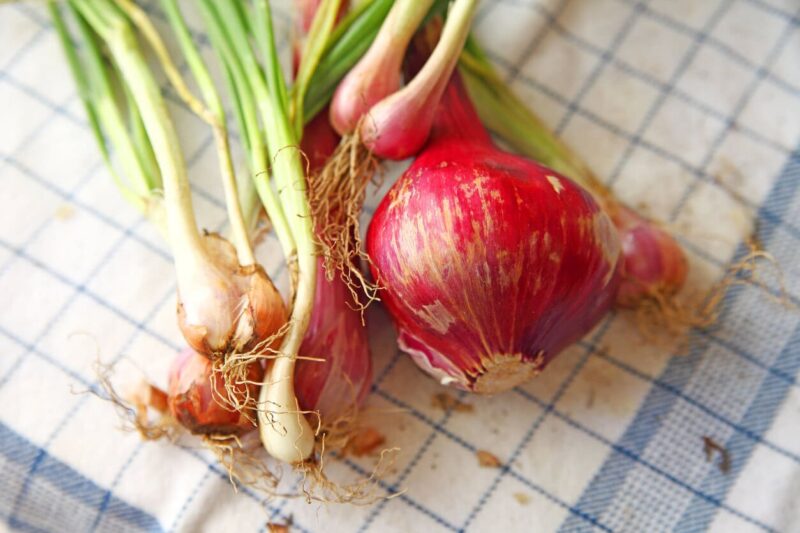
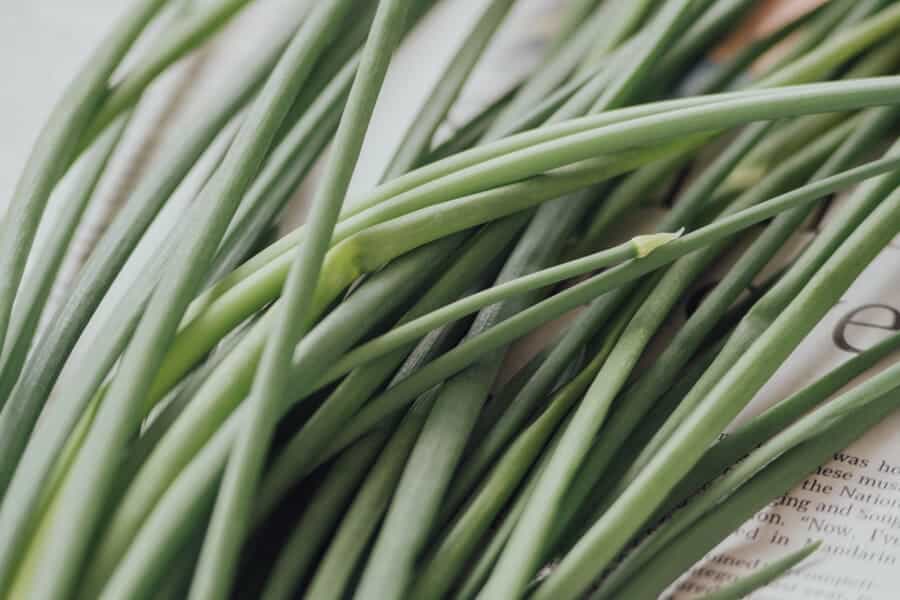

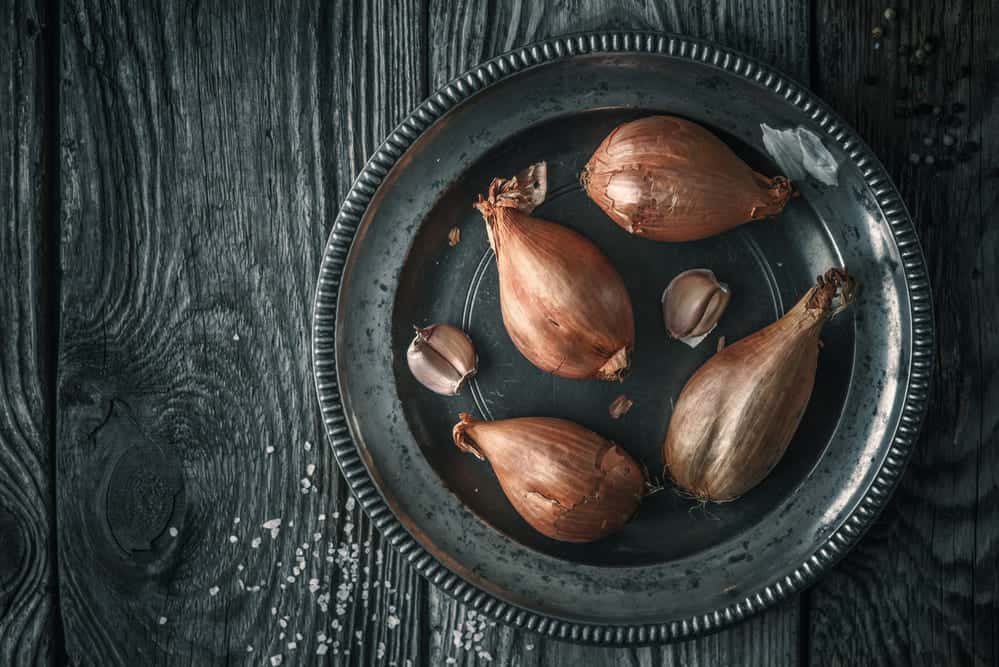
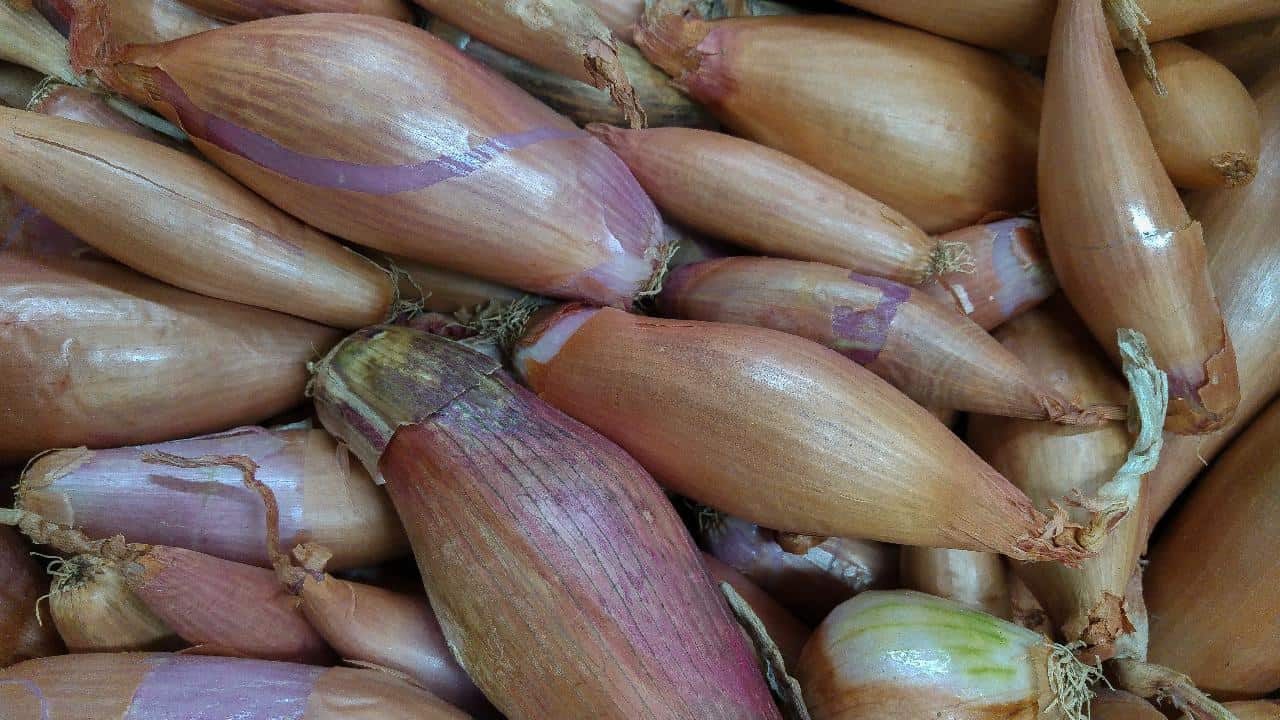
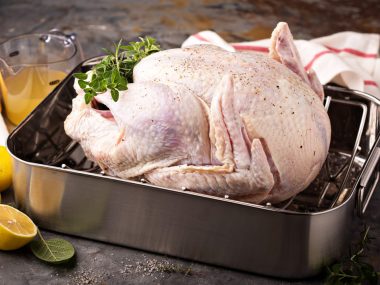

1 comment
This was an elegant way of explaining the shallot/scallion comparison. Thank you!